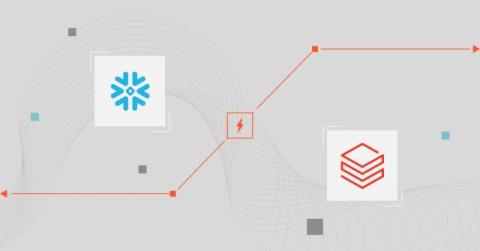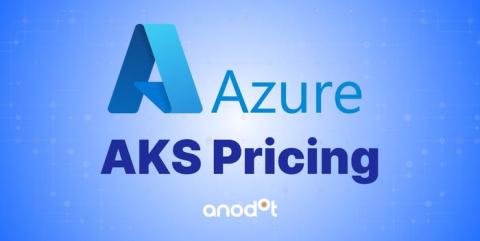Snowflake Vs. Databricks: Which Data Cloud Platform Should You Use Now?
Snowflake and Databricks are both robust data platforms. Both are built for speed, scale, and cloud-native applications. They also prioritize efficiency and adherence to strict data protection protocols. Yet each adopts a distinct approach and features suited to its architecture and various use cases. It is these differences that can make all the difference in the way your data is processed, analyzed, reported, and more.











